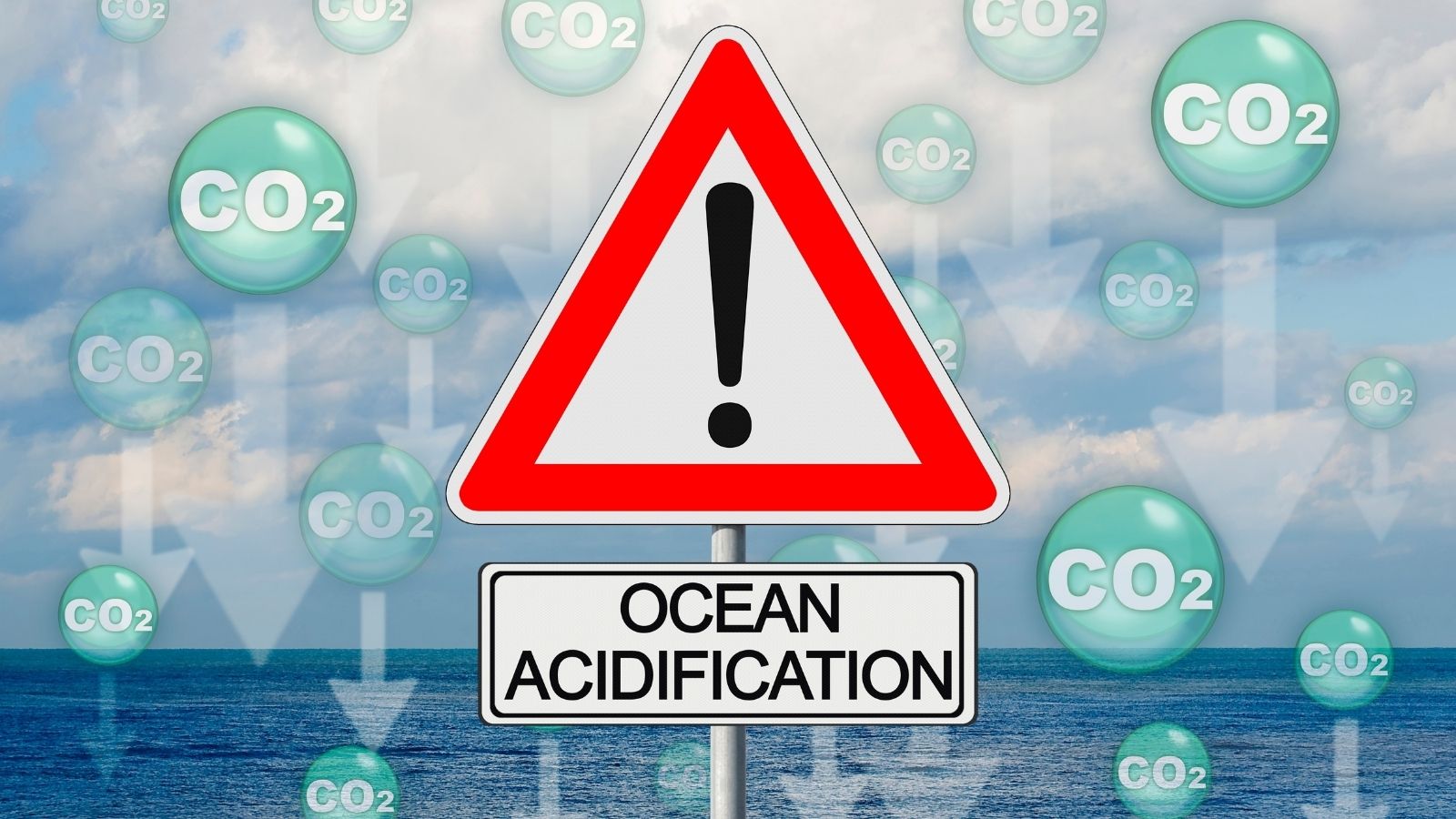In the modern world, people love convenience and turn to it as the main value in their everyday lives. From quick food preparation to quick delivery services, we desire to find ways to make life easier. However, the ‘convenience culture’ presents an unseen negative effect on the environment and society. Now let’s see what 18 secret things our love for convenience has become – to the world.
Plastic Waste Overload

Numerous convenience products like water bottles and food packing materials are plastic. Currently, the annual global production of plastic is 380 million tons, while only 9% finds its way to recycling. The rest pollutes land and oceans for the rest of it.
Ocean Pollution

Litter resulting from the use of single-use plastics ends up in the ocean. About 8 million tons of plastic are said to flow into the seas every year, adversely impacting sea creatures and the environment.
Harm to Wildlife

Plastic waste is dangerous because wild animals confuse it with food and end up suffering from ill health or even dying. Of interest, more than a million sea birds and one hundred thousand marine mammals are killed annually by plastic pollution.
Energy Consumption

The convenience culture involves the consumption of processed foods, swift delivery, and products that are, in many cases, single-use; all of these use large quantities of energy. Most of these items are produced and transported by fossil energy, a component that leads to climate change.
Carbon Footprint of Fast Food

Fast food can save you time but also significantly threatens the world’s climate. A burger generates about 6.3 kg of CO2 emissions, similar to the emissions produced by driving a car for 25 kilometers.
E-Waste Crisis

Gadgets such as smartphones and tablets that are developed for people’s comfort are not durable. Technologically advanced societies produce around 50 million tons of e-waste annually, most of which is processed unsustainably.
Health Risks Attributed to Processed Foods

Most convenience foods are packed with sugars, salts, and other unhealthy fats that are packed in foods. They gradually affect human health and are associated with such diseases as obesity, diabetes, and heart disease.
Rising Costs of Medical Waste

Personal protection materials such as gloves and syringes, to mention but a few, necessary in maintaining health hazards, are some of the sources of medical waste. 5.9 million tons of medical waste are produced annually, and they are hazardous and difficult to dispose of.
Overburdened Landfills

Many convenience consumables, such as coffee pods and wet wipes, are typically thrown away in the garbage. The landfills currently used worldwide for waste disposal are becoming overfilled, negatively affecting the environment and people’s health.
Loss of Traditional Skills

As convenience surmounts, basic trades such as cooking, fashioning clothes, stitching, and mending are undergoing an eclipse. This impacts the cultural materials or artifacts we possess and makes it almost impossible for us to do anything with ready-made products from the shops.
Deforestation for Packaging

Although paper packaging appears more eco-friendly than plastic, where do we dispose of the waste it generates? The paper industry is responsible for deforestation, accounting for 14% of the total.
Microplastics in Food and Water

When we think of litter, we can never imagine it disappearing; instead, it breaks down into smaller particles called microplastics. These particles are now found in our food, water, and the air we breathe, and their health implications have yet to be fully determined.
Job Losses Due to Automation

Technological advancement through automation solutions is why giant businesses are laying off their workers, particularly those dealing with retail products and manufacturing industries. The growth of this trend leads to increased economic disparity and job insecurity.
High Costs of Convenience

Unfortunately, greater convenience is one of the ways of paying for things. Making fruits and vegetables ready to consume by chopping them, drinking mineral water, and eating snacks bought from hotels are also costly when compared to their counterparts that may not be as convenient to work with are costly, thus exerting pressure on the households’ budgets.
Consequences of Fast Fashion on the Environment

Convenience culture is another aspect that has promoted the fast fashion trend in producers’ production of cheap and easily wearable outfits. This industry produces 92 million tons of waste yearly and has high water and energy consumption.
Chemical Contaminants in Cleaning Agents

Chrzanowski highlighted that common cleaning products, like wipes and sprays, contain harmful chemicals that can damage water sources and aquatic life.
The Surprising Increase in Disposable Technology

Imagine a scenario where something as essential as ears—like earphones, for example—has a lifespan that barely reaches its infancy. Disposing of these devices contributes to the growing problem of e-waste, which currently has limited options for proper recycling and management.
Mental Health Effects

While convenience benefits culture, it can also lead to stress and fatigue. The desire for faster and easier ways to get things done increases nervousness and dissociation from genuine work.
Conclusion

Convenience culture makes life easy; hence, there is a need to know the effects that accompany this culture. It, therefore, means that deliberate efforts can be made to minimize its cost to the environment, society, and people’s health.
Let’s collaborate to make such convenience as we witness today a thing of the past, especially with such negative impacts on humanity.
25 Countries Predicted to Become Economic Superpowers in the Next 20 Years

The strength of an economy plays a crucial role in various international policies about trade and relations. Certain factors determine the strength of an economy, including population growth, availability of resources, and development and advancement. Here are 25 countries predicted to become economic superpowers in the next 20 years
25 Countries Predicted to Become Economic Superpowers in the Next 20 Years
